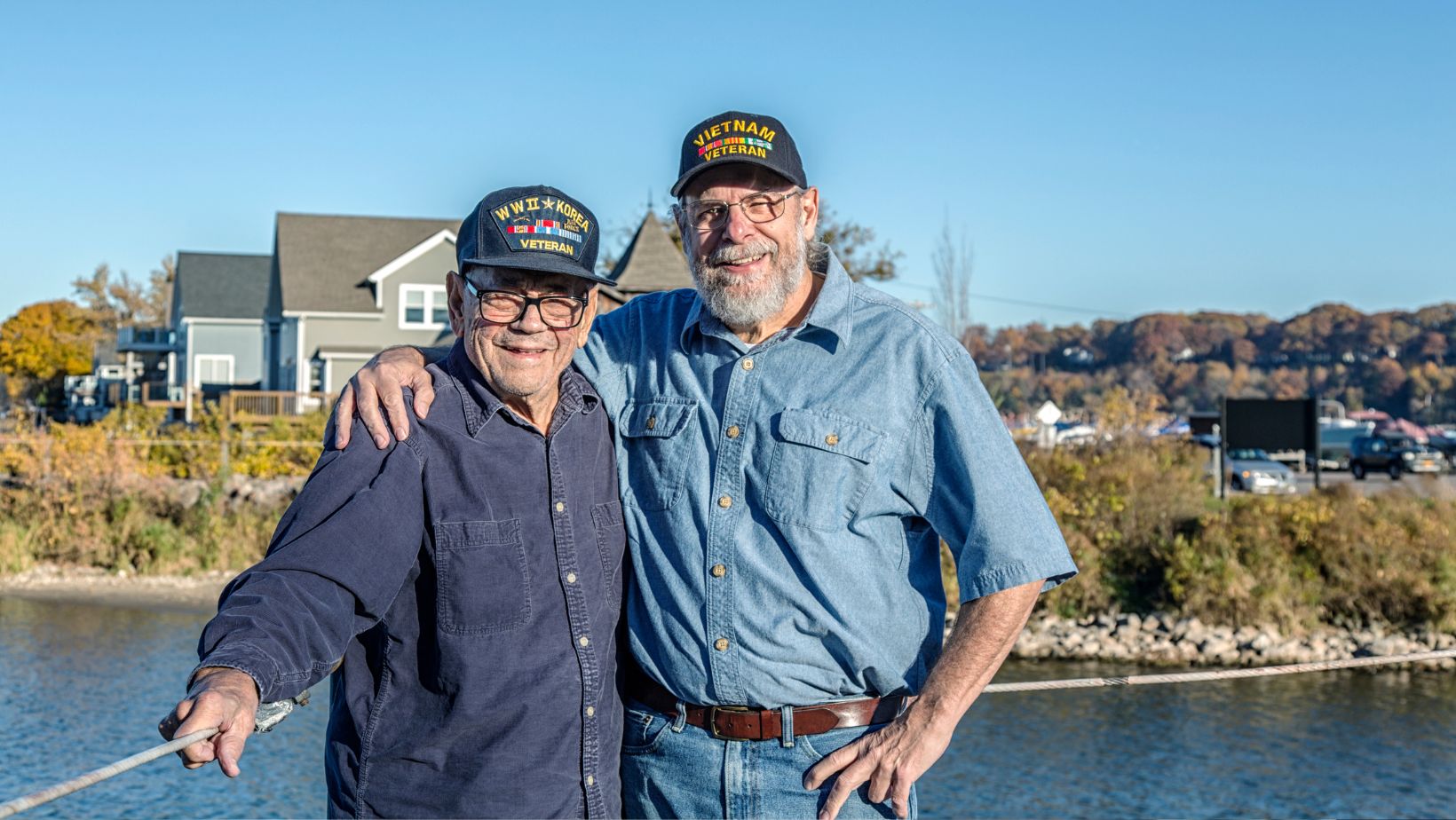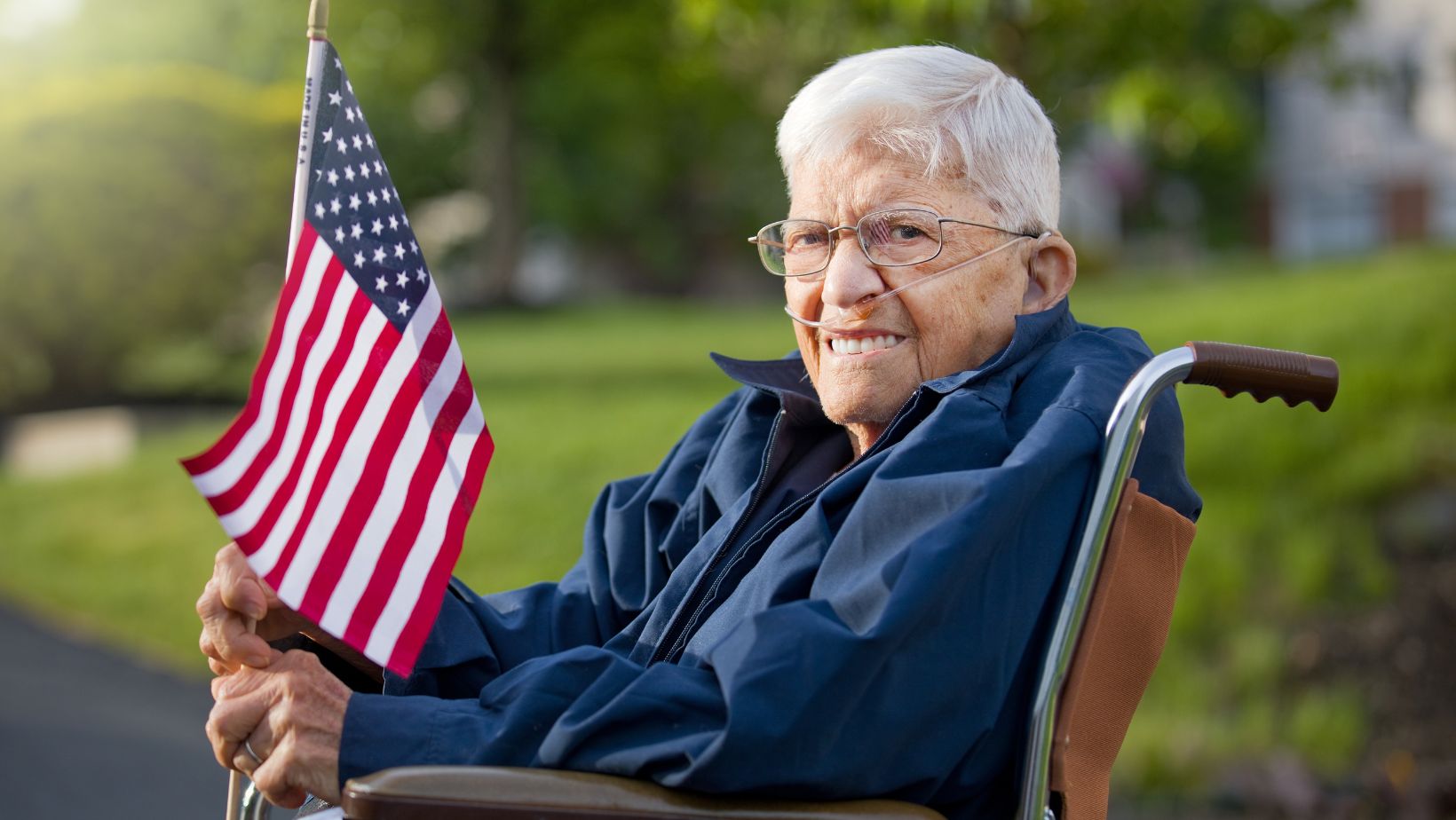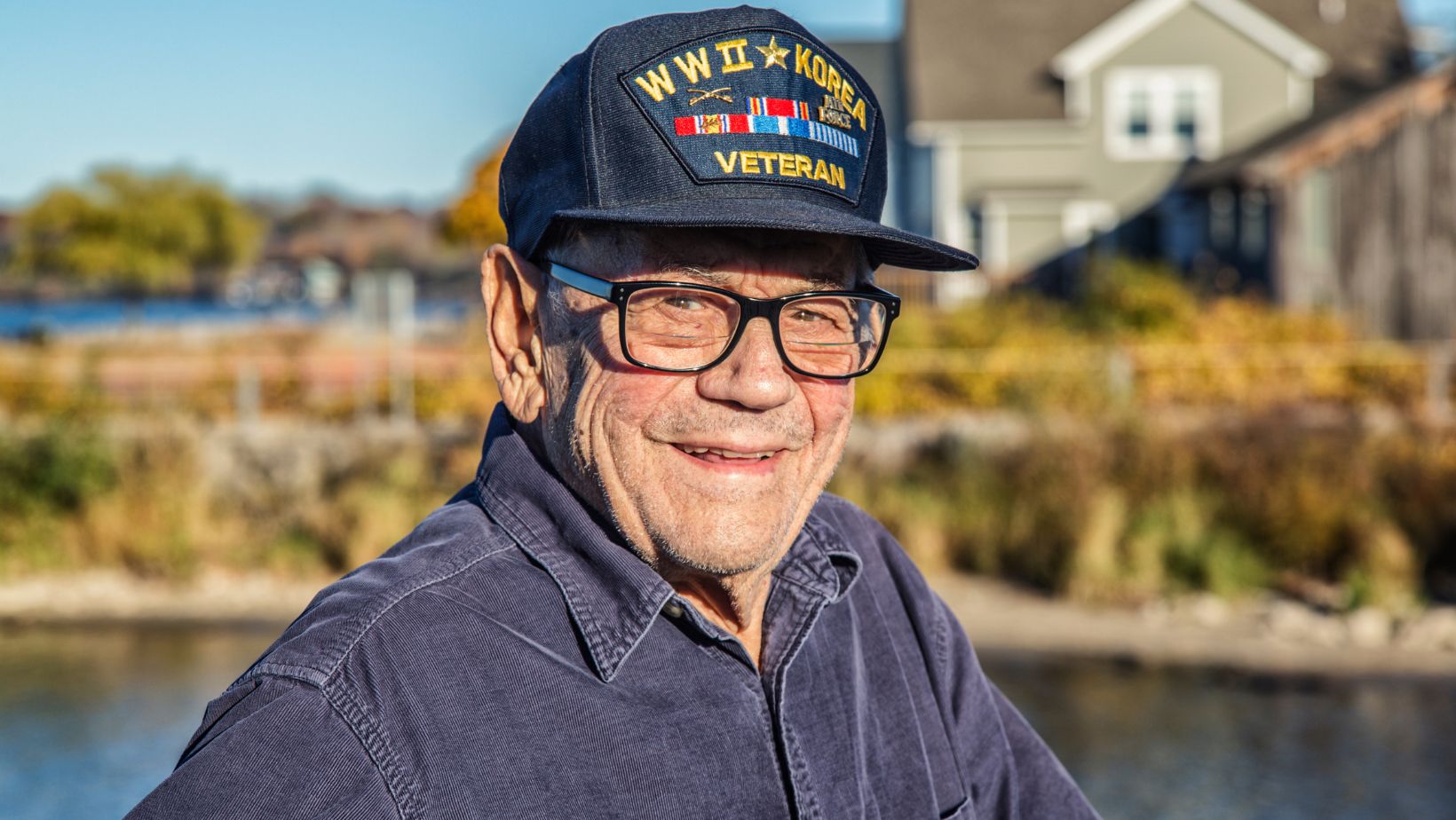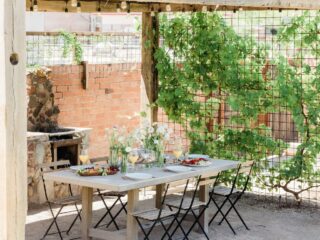
Renovating a home for a veteran is more than just a construction project; it’s a way to honor those who have served our country by ensuring they have a comfortable, safe, and accessible place to live. Many veterans face unique challenges due to injuries, disabilities, or aging, making specific home modifications essential for their well-being. This article explores some of the most crucial renovations for veterans’ homes and how these changes can significantly improve their quality of life.
Accessibility Improvements
One of the most important considerations when renovating a veteran’s home is accessibility. Many veterans, especially those with disabilities or mobility issues, require modifications that allow them to move freely and safely throughout their homes. Essential accessibility improvements include:
– Widening Doorways: Ensuring that doorways are wide enough to accommodate wheelchairs and walkers is crucial. This modification prevents injuries and allows for easy movement between rooms.
– Installing Ramps: Replacing steps with ramps at entrances and exits makes it easier for veterans to enter and leave their homes without assistance.
– Grab Bars and Handrails: Installing grab bars in bathrooms and along hallways provides additional support and stability, reducing the risk of falls.
Bathroom Modifications
Bathrooms are often the most hazardous area in a home for individuals with mobility issues. Renovating a veteran’s bathroom to make it safer and more accessible is a priority. Key modifications include:

– Roll-In Showers: Replacing traditional bathtubs with roll-in showers allows veterans to bathe independently and safely. Adding a built-in bench and handheld showerhead can further enhance convenience.
– Non-Slip Flooring: Installing non-slip tiles or mats reduces the risk of slips and falls, providing a safer environment.
– Accessible Sinks and Toilets: Lowering sink heights and installing raised toilets can make daily routines more manageable for veterans with mobility challenges.
Kitchen Renovations
The kitchen is another critical area where modifications can make a significant difference. Essential kitchen renovations for veterans include:
– Lowering Countertops: Adjusting the height of countertops makes them more accessible for veterans who use wheelchairs.
– Accessible Cabinets and Drawers: Installing pull-out shelves and drawers at lower levels allows for easier access to kitchen essentials.
– Lever-Style Faucets: Replacing traditional faucets with lever-style handles makes using the sink easier for individuals with limited hand strength.
Bedroom and Living Area Modifications
Creating a comfortable and functional living space is vital for veterans. Consider these modifications to enhance their living areas:
– Adjustable Beds: An adjustable bed can help veterans find a comfortable sleeping position, especially if they have chronic pain or mobility issues.
– Smart Home Technology: Integrating smart home technology, such as voice-activated lights and thermostats, can increase independence and convenience for veterans with disabilities.
– Open Floor Plans: Redesigning the home’s layout to create an open floor plan can make it easier for veterans to navigate and use their space effectively.
Exterior Enhancements
The exterior of a veteran’s home should also be safe and accessible. Key exterior enhancements include:

– Pathway Improvements: Ensuring that pathways are smooth, well-lit, and free of obstacles can prevent accidents and make it easier for veterans to move around their property.
– Accessible Gardens: Raised garden beds can provide therapeutic benefits and enjoyment for veterans who enjoy gardening but have difficulty bending or kneeling.
– Secure Fencing: Installing secure fencing can provide a sense of safety and privacy, allowing veterans to enjoy their outdoor space without concerns.
Financing Renovations
Renovating a home to meet the needs of a veteran can be expensive, but several financial resources are available to help cover these costs. One such resource is VA Renovation Loans, which are specifically designed to assist veterans in financing necessary home improvements. These loans can cover a wide range of modifications, from accessibility upgrades to essential repairs, making it easier for veterans to afford the necessary changes.
Conclusion
Renovating a home for a veteran is a meaningful way to honor their service and provide them with a comfortable, safe, and functional living environment. By focusing on accessibility improvements, bathroom and kitchen modifications, bedroom and living area enhancements, and exterior upgrades, we can create a home that meets the unique needs of veterans. Additionally, exploring financing options such as VA Renovation Loans can make these crucial renovations more affordable. Through these efforts, we can ensure that our heroes live with the dignity and comfort they deserve.





